zur deutschen Version, Flagge klicken oder tippen
This page is part of the project
www.flag-encyclopedia.com
zur deutschen Version, Flagge klicken oder tippen
![]()
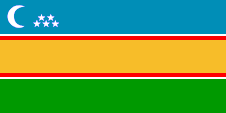


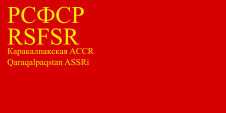
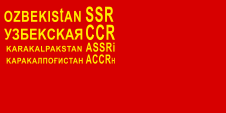
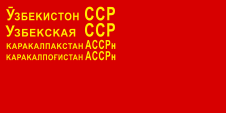


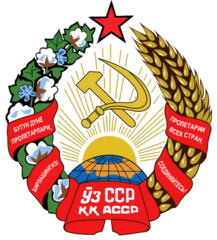
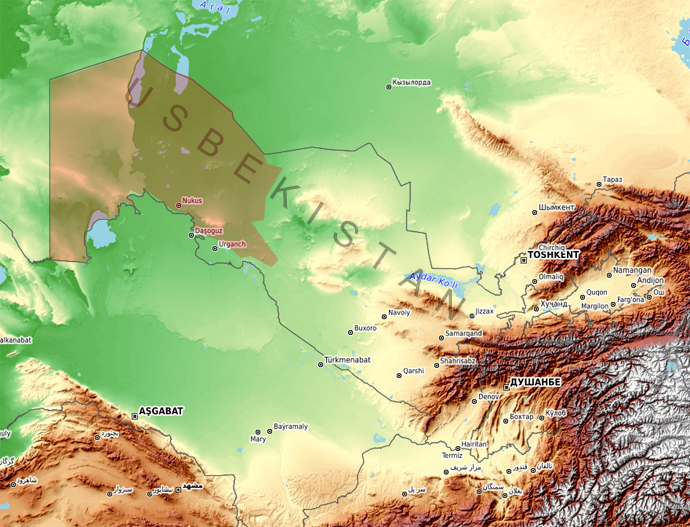
Kartendaten: ©
OpenStreetMap-Mitwirkende, SRTM | Kartendarstellung: ©
OpenTopoMap
(CC-BY-SA)
